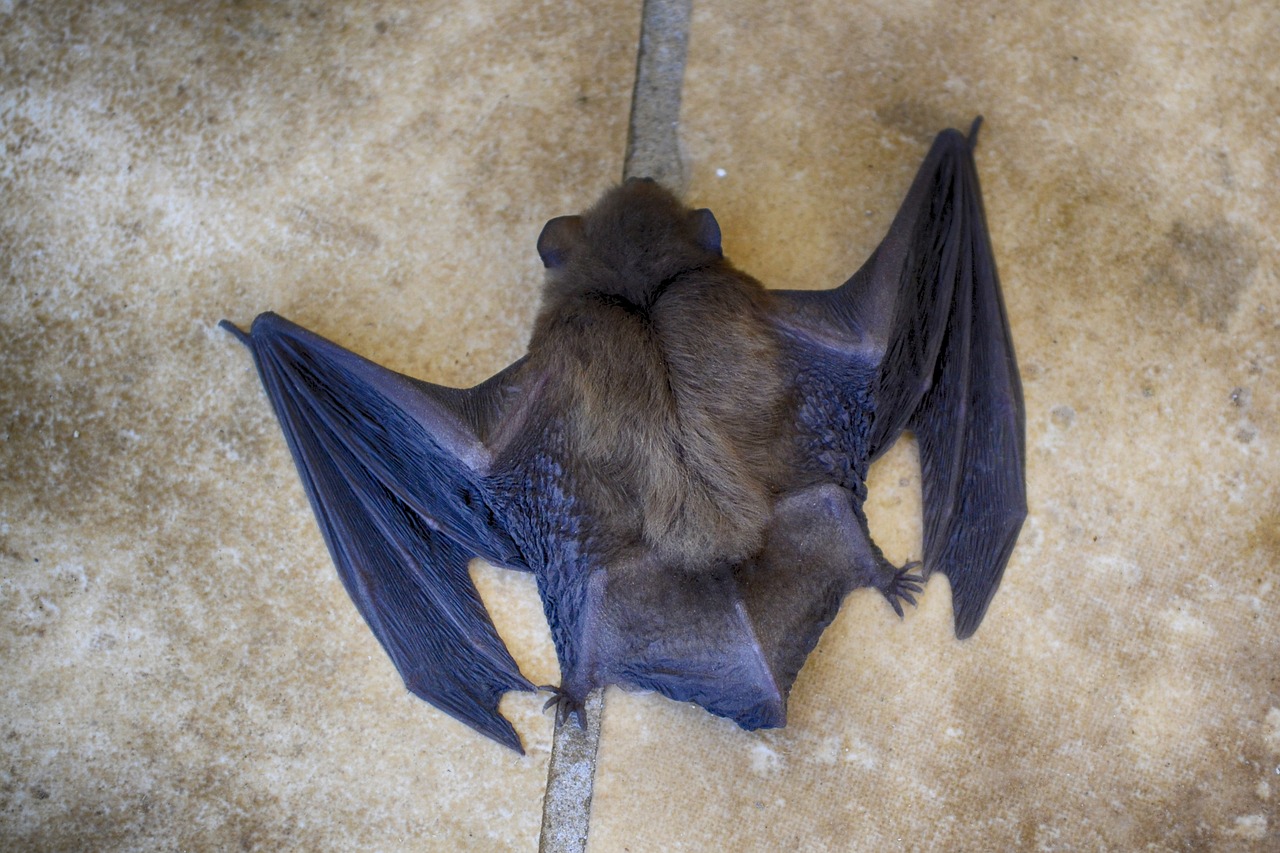“Fox with rabies enters Texas home, attacks woman”
That succinct headline from earlier this month told most of the story. Rabies is a zoonosis, a disease that is transmitted from animals to humans. But how does it get transmitted and what is it about rabies that causes wildlife to attack? And how common is rabies in Texas?
Here’s some more to the story of rabies
“You can be infected with the rabies virus if you are bitten by an animal that has the disease. You can also get rabies if the saliva from a rabid animal gets in your eyes, nose, or mouth. This can happen if you get saliva on your fingers and then touch your face. Another way you can get rabies is by having the saliva of a rabid animal contact open cuts on your skin.” – Texas Department of State Health Services (DSHS)
Rabies attacks the central nervous system of the carrier which can cause a range of symptoms including confusion, aggressive behavior, anxiety, and hallucinations. Which, in a nutshell, can result in “fox with rabies enters Texas home, attacks woman.” In its “Facts About Rabies,” the Texas DSHS rather vividly describes the impact of rabies:
“Rabies – sometimes called ‘hydrophobia’ – has its roots in antiquity. Centuries before the birth of Christ, it was recognized in both animals and man. Cases were described with amazing clinical accuracy during the lifetime of Aristotle. The name hydrophobia, meaning ‘fear of water,’ was given to it at that time because the ancient Greeks observed rabid animals’ aversion to water. Actually, the truth is that they cannot drink because of throat paralysis. It is this fact which produces the classic picture of a beast with foam-flecked jaws. Saliva accumulates in the paralyzed throat and drools from the corners of the mouth, giving the impression of mad-dog foam. Certainly it isn’t hard to understand why those ancient people were terror stricken by such a sight, and even thought the animal was demon-possessed. Writers of the day attributed rabies to an invasion of the body by an evil spirit.”
Animals contract rabies from other infected animals. The spread of the virus in what would become the U.S. has been linked to the arrival of the first European colonizers. It is likely that the rabies virus was present only in bats and skunks before that time. (See “The history of rabies in the Western Hemisphere.”) Thanks to rabies vaccinations, something all Texas dog owners are familiar with, today wild animals are the primary source of rabies cases. According to the Centers for Disease Control (CDC): “Wild animals accounted for 91 percent of reported cases of rabies in 2017. Bats were the most frequently reported rabid wildlife species (32.2 percent of all animal cases during 2017), followed by raccoons (28.6 percent), skunks (21.1 percent), and foxes (7.0 percent).”
Lining up with those CDC statistics, a fox with rabies is a rare (but eye-catching) news story, but rabid bat stories are more prevalent. Here are just some of the headlines that popped up from a Google news search for “Texas rabid bat”:
“Bat at Fort Worth Water Gardens tests positive for rabies, health officials say”
“Elementary school student tosses jacket — and a live, rabid bat falls out, Texas cops say”
“Bat found at Crosby Park tests positive for rabies”
“Bat found in Longview home tests positive for rabies”
Stories like these can certainly evoke fear and concern, and leave us feeling not too much unlike those “terror stricken” “ancient people,” but the reality is the threat to humans is relatively rare. The Zoonosis Control Branch of the Texas DSHS publishes an annual “Rabies Summary by County.” For 2018, the total “positive” results on suspected rabies cases? 695. Total “negative” results? 10,883. Tested animals included: skunk, fox, bat, coyote, raccoon, dog, cat, bovine, equine, and other. According to the CDC: “Human rabies cases in the United States are rare, with only 1 to 3 cases reported annually. Twenty-three cases of human rabies have been reported in the United States in the past decade (2008-2017). Eight of these were contracted outside of the U.S. and its territories.”
But, no matter how rare the threat, care and common sense measures should always be taken. Don’t approach or handle wild animals, especially sick wild animals, and be sure to vaccinate your pets. Further, here are signs to watch for in animals from “Understanding Rabies” published by the The Humane Society of the United States:
“In the ‘furious’ form, wild animals may appear to be agitated, bite or snap at imaginary and real objects and drool excessively. In the ‘dumb’ form, wild animals may appear tame and seem to have no fear of humans.
“There are other signs, such as the animal appearing drunk or excessively wobbly, circling, seeming partially paralyzed, acting disorientated or mutilating itself. However, most of these signs can also be indicative of other diseases like distemper or lead poisoning. There are few behavioral signs that are telltale of rabies alone.
“If a typically nocturnal animal, such as a raccoon or skunk, is active during the day and exhibiting abnormal behavior, you should seek advice from your local animal control, animal organization, wildlife rehabilitator or state wildlife agency.”









